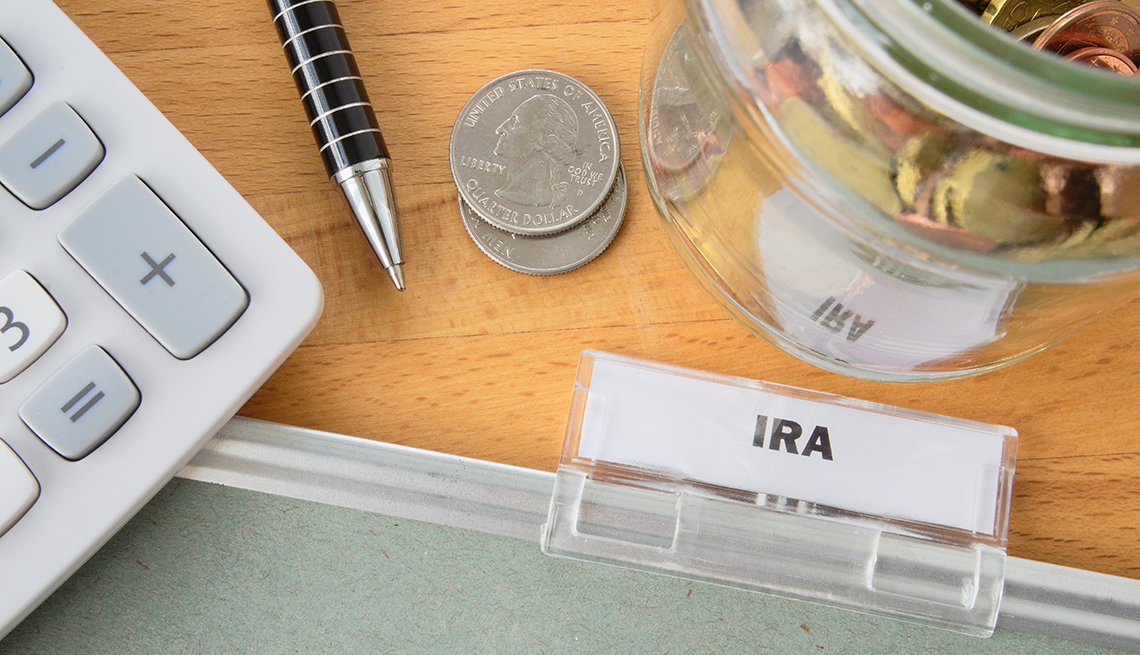AARP Hearing Center
A happy and fulfilling retirement means different things to different people.
For you, it may mean transitioning from a full-time career into meaningful part-time work. Or perhaps you envision yourself spending more time with family, starting a garden or making regular visits to the golf course.
Once you determine what will give you peace of mind in retirement, it’s important to know how you can get there financially. We’ll help you get started with some simple steps.
Step 1: Define your retirement
You probably have some idea of how you’d like to spend retirement. Here’s where you write your objectives down, listing the most important goals first.
For now, don’t focus on budget — focus on ideas, and be as specific as you can. For example, instead of “travel,” list things like “trips to the lake” or “walking tours abroad.” Instead of “stay involved in my community,” write down “volunteer with kids one day a week.”
Try to limit the list to five top goals. Keep a scrapbook or start a journal detailing how you envision your retirement. Be practical: Make sure all your financial needs are met as you brainstorm and rule out unnecessary expenses. The more descriptive you are, the more tangible your retirement will be. This will help keep you focused on a realistic set of goals, which will make each of them more attainable.
If your goals are still general or vague, that’s OK, too. You can simply start by outlining how you envision enjoying your retirement.
Step 2: Take stock of your ‘assets’
You know how much you bring home each month, how much you have in the bank and how much you have in your retirement account. But what about nontraditional assets that could help fund your retirement? Maybe you collect antiques or restore cars. Perhaps you’re an accomplished pianist or have a half-written novel you want to finish.
Many hobbies and skills can be turned into real income in your retirement years — trading antiques or giving piano lessons, for example. Take the time to list your passions and nontraditional assets, and start thinking about how you can morph those skills and hobbies into moneymaking endeavors.
Step 3: Evaluate your health — now
To get the most out of your retirement — and life in general — you want to be as healthy as possible. A little preventive medical attention can go a long way.
Schedule your checkups and preventive exams now, from an annual physical to teeth cleaning. At each appointment, work with your provider on a plan to improve or maintain your health. Commit (or recommit) to eating healthy, exercising and getting enough sleep.
Healthy living doesn’t have to be a chore. Many healthy foods are delicious and satisfying, and exercise can be fun. (Walk on the beach, anyone?) Commit to staying mentally sharp with brain games, puzzles and books.
Staying in close contact with family and friends will also help you maintain your health both physically and mentally and can aid in fighting off any blues that may arise once you are retired.
































.jpg?crop=true&anchor=13,195&q=80&color=ffffffff&u=lywnjt&w=2008&h=1154)






















































